Best caulk for baseboard
Baseboard Caulking Tips from Trusted Contractors
An easy way for a space to appear cohesive, inviting, and well-maintained is to keep the existing trim and baseboards in good condition. This is because the appearance and condition of baseboards and trim can greatly impact a home’s look and feel. In addition to regular cleaning, repairing, and painting these surfaces, caulking your baseboards is also a good idea.
In this article, we’re providing trusted contractor tips and easy instructions anyone can use to caulk baseboards properly.
Why Caulking Baseboards is Important
Caulking may not seem like an exciting topic, but its importance shouldn’t be underestimated. For interiors, in addition to maintaining pleasing aesthetics, caulking baseboards can help protect both the baseboards and the walls.
Prevent Water Damage
It helps ensure they won’t be damaged by moisture or become slanted from unequal floor levels and can prevent wall paint from peeling.
Avoid Rot and Mould Growth
Baseboard seams sealed with an appropriate caulking product can prevent water from seeping into walls and under floors. This helps to avoid possible rot and mould growth.
Improves Home’s Appearance
When caulked correctly, baseboards provide a clean and uniform appearance that enhances a space’s interior design and feel.
Steps to Properly Caulk Interior Baseboards
Choose the right caulk
Before starting your baseboard caulking project, be sure to have the right caulking product at your disposal. Caulk is used in sealing several areas of a home’s interior and exterior. Therefore, there are several different types of caulk to choose from at your local hardware store. Caulk selection is dependant on a project’s individual needs.
Baseboard Caulk Selection
For interior baseboards, you’re going to want to use a type of caulk that is durable, flexible, seals out water, and supports the room’s aesthetics.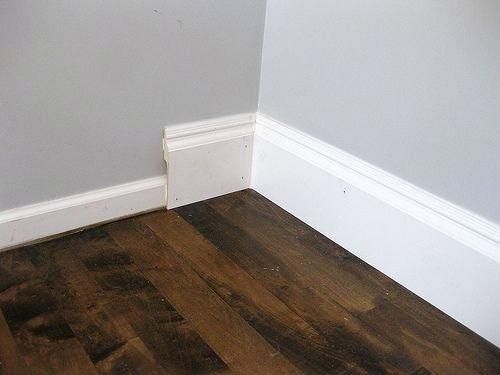 We recommend using a latex-acrylic caulk with added silicone.
We recommend using a latex-acrylic caulk with added silicone.
Latex-Acrylic-Silicone caulk products are available in different colours to better match flooring or baseboard paint colour. They adhere well to wood, MDF, and composite baseboards and have enough flexibility to minimize cracking.
Gather Your Supplies
Once you’ve selected the best caulk product for your project, it’s time to gather the rest of your supplies before getting started. A suggested materials list is as follows:
- Caulk
- Caulking gun
- Damp cloth/sponge
- Liquid caulk remover
- Cleaning supplies
- Vacuum/broom
Prepare the Area for Caulking
Before adding caulk to any baseboard or trim, ensure the surface is prepared and ready to go.
Baseboards should always be clean and free of dust and debris before applying caulk. Old caulk, dust, debris, and any other contaminants may result in poor application of the caulk and reduce its ability to maintain a firm seal between the baseboard and wall/floor.
To clean the baseboards, be sure to wash them with a gentle soap. A solution of diluted vinegar works excellently as well. If any old caulk is on the baseboards, remove it carefully using a putty knife or a liquid caulk remover.
Wait until baseboard and wall surfaces are completely dry before moving on to the next step.
Load the Caulking Gun
Caulking guns are used to hold a tube of sealant as well as control its rate of flow. Follow the directions supplied with your caulk gun for installing the tube. Next, using a utility knife, carefully cut the tip of the tube at a 45-degree angle. Cut about ⅛ to ¼ inch away from the top of the tube.
You are now ready to start caulking baseboards.
Apply the Caulk
Practice First
If you haven’t applied caulk before, hone your application skills on a piece of paper or an old piece of baseboard. Hold the gun at a 45-degree angle. Gently squeeze the trigger to dispense the caulk. With the trigger engaged, run the tube’s tip along the length of the paper while distributing a consistent thickness of caulk across the line.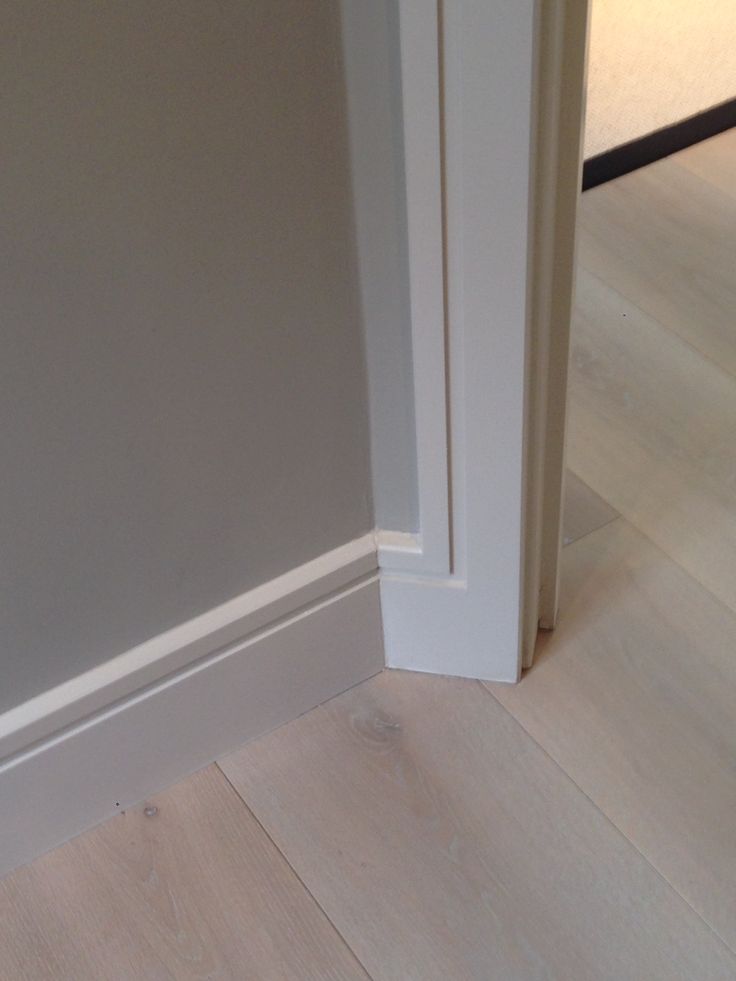 Keep practicing until your caulk lines begin to appear consistent from start to finish.
Keep practicing until your caulk lines begin to appear consistent from start to finish.
Caulk Baseboards
Once you’re comfortable handling a caulking gun, it’s time to apply the sealant to your baseboards. Starting at a corner or wall edge, spread the caulk on the top of your baseboard as you did during the practice runs. Make the line as long as you can comfortably maintain consistent pressure and speed.
Smooth the Bead Line
Before the sealant has a chance to dry, it’s time to smooth the bead line you just dispensed on top of the baseboard. To do this, take your index finger and run it along the caulk, smoothing it between the top of the baseboard and the wall. Use a damp sponge or cloth to wipe away any excess caulk from your hand and the baseboard.
Repeat these steps until you have finished caulking your baseboards.
Find Expert Finishing Help from Finest Finish
Baseboard care and maintenance may not be your favourite way to spend an afternoon, but it is important to keep your home looking and performing at its best.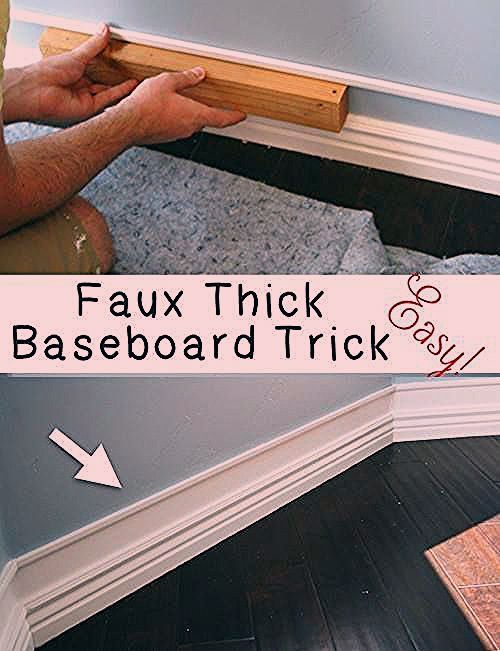 Contact our finishing professionals for professional help that will get your baseboards in tip-top shape for a reasonable price. Located in the Greater Victoria area, we are trained in all aspects of carpentry finishing.
Contact our finishing professionals for professional help that will get your baseboards in tip-top shape for a reasonable price. Located in the Greater Victoria area, we are trained in all aspects of carpentry finishing.
The Best Caulk for Baseboards in 2023
We may earn revenue from the products available on this page and participate in affiliate programs.
Photo: amazon.com
Many DIYers are familiar with running caulk around their bathroom fixtures, and a number of products are designed specifically for that purpose. Caulk also can be used with baseboards. An effective gap filler, caulk creates a super-neat, professional finish, and it helps prevent insects from getting into the wall or liquid spills from seeping underneath it.
Several different types of caulk—but not all—are suitable for baseboards, which can make selecting the right product a challenge. This guide offers an in-depth look at key features to consider, useful tips for successful application, and our recommendations for the best caulk for baseboards throughout your home.
- BEST OVERALL: Gorilla 8060002 100% Silicone Sealant, 10 oz, White
- BEST BANG FOR THE BUCK: DAP INC 18152/11440 White Alex Plus Acrylic Latex
- BEST MOLD/MILDEW RESISTANT: GE Sealants & Adhesives Paint Projects Max Shield
- BEST GAP FILLING: Sashco 10016 Big Stretch Caulk 10.5-Ounce
- MOST VERSATILE: Red Devil 0705 230 Lifetime Ultra Premium Elastomeric
No such thing as a “general purpose” caulk exists. While the best exterior caulk also might be suitable for use on interior baseboards, it’s important to understand its properties. The following section explains the key features of different types of caulk, so you can confidently choose the correct product for each location.
Types of CaulkMany types of caulk are on the market, but not all are suitable for baseboards. Masonry caulk, for example, has a polyurethane base and often contains sand to add texture. Refractory caulk is heat resistant and frequently used around fireplaces. Butyl rubber caulk is highly flexible and works well to seal guttering. However, none of these combine the ease of application and smooth finish required for caulking baseboards.
Masonry caulk, for example, has a polyurethane base and often contains sand to add texture. Refractory caulk is heat resistant and frequently used around fireplaces. Butyl rubber caulk is highly flexible and works well to seal guttering. However, none of these combine the ease of application and smooth finish required for caulking baseboards.
The best caulks for baseboards fall into three categories: latex (also called polymer acrylic or acrylic latex), pure silicon, and latex with silicone, which seeks to combine the best of both worlds. Though caulk is fairly inexpensive, generally speaking, silicone costs a bit more.
Many caulks are also referred to as “elastomeric.” This is not a type, but rather an indication of the caulk’s elasticity. Caulking must remain flexible so it doesn’t get brittle or crack when dry. Pure silicone is naturally elastomeric, and although latex may be, it’s not always.
Quality and DurabilityCaulking baseboards is not the type of job that must be redone regularly.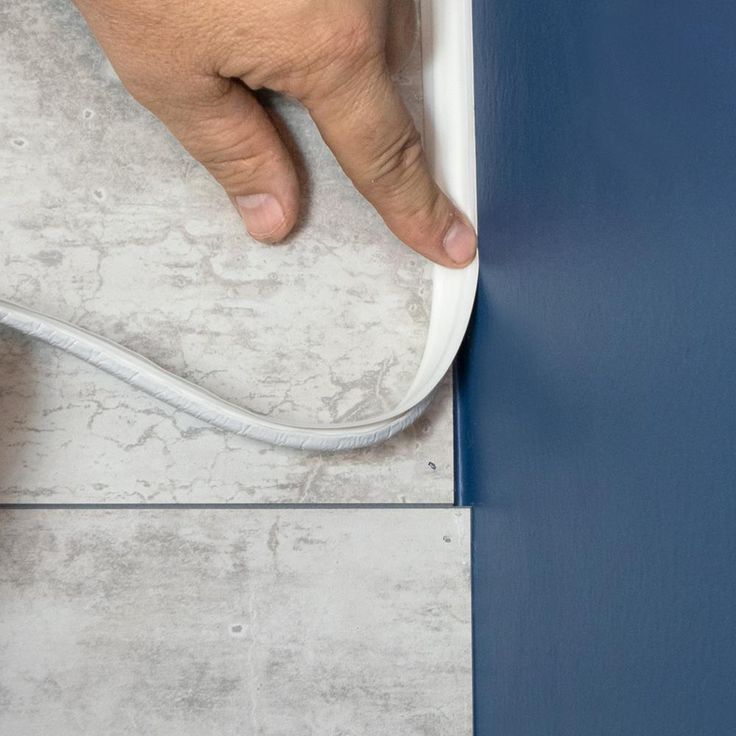 Although a chance always occurs that accidental damage could require a repair, if a quality product is applied correctly, regular maintenance shouldn’t be necessary.
Although a chance always occurs that accidental damage could require a repair, if a quality product is applied correctly, regular maintenance shouldn’t be necessary.
Cheap types of caulk from unknown brands are frequently available in discount stores. Since its quality cannot be trusted, it’s best to avoid it. Caulk from a reputable manufacturer should last a minimum of 25 years. While 40 years or more is not uncommon, some—often the pure silicone products—come with a lifetime guarantee. Whether it actually lasts that long depends on how well it’s applied, the type of baseboard material, and any movement of the walls. However, this type of guarantee demonstrates the manufacturer’s confidence in its product.
Pro Tip: If using white caulk on baseboards that won’t be painted, always check whether it’s resistant to yellowing. This is particularly important for pure silicone caulks, which cannot be painted.
Curing Time and PaintabilityThe length of time that caulk takes to dry varies considerably among the different types.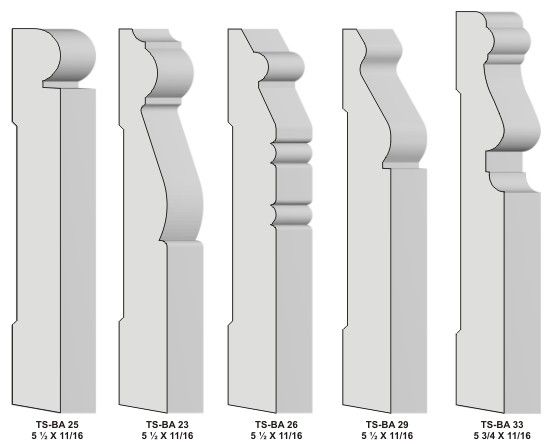 Latex dries fastest; some can cure in as little as 30 minutes. Fast drying time can be particularly useful if a few substantial gaps require a second application or if the baseboard and caulk will be painted. If the area needs to be used as quickly as possible, latex caulk is the optimal choice.
Latex dries fastest; some can cure in as little as 30 minutes. Fast drying time can be particularly useful if a few substantial gaps require a second application or if the baseboard and caulk will be painted. If the area needs to be used as quickly as possible, latex caulk is the optimal choice.
Pure silicone generally takes longer to cure. While sometimes these caulks are described as water resistant after curing for a relatively short time, a full cure frequently takes 24 hours. Appearances can be deceptive, as caulk can seem dry to the touch fairly quickly because a skin forms on the outside. Pure silicone caulk typically takes longer to dry all the way through.
Latex caulk is often called “painters caulk,” which refers to the ease with which it can be colored. Pure silicone is not paintable. Any silicon-based product that is paintable is a combination of silicone and latex.
Gap Size and AdhesionNew walls should be straight and flat, so caulking the baseboard is the final finishing touch.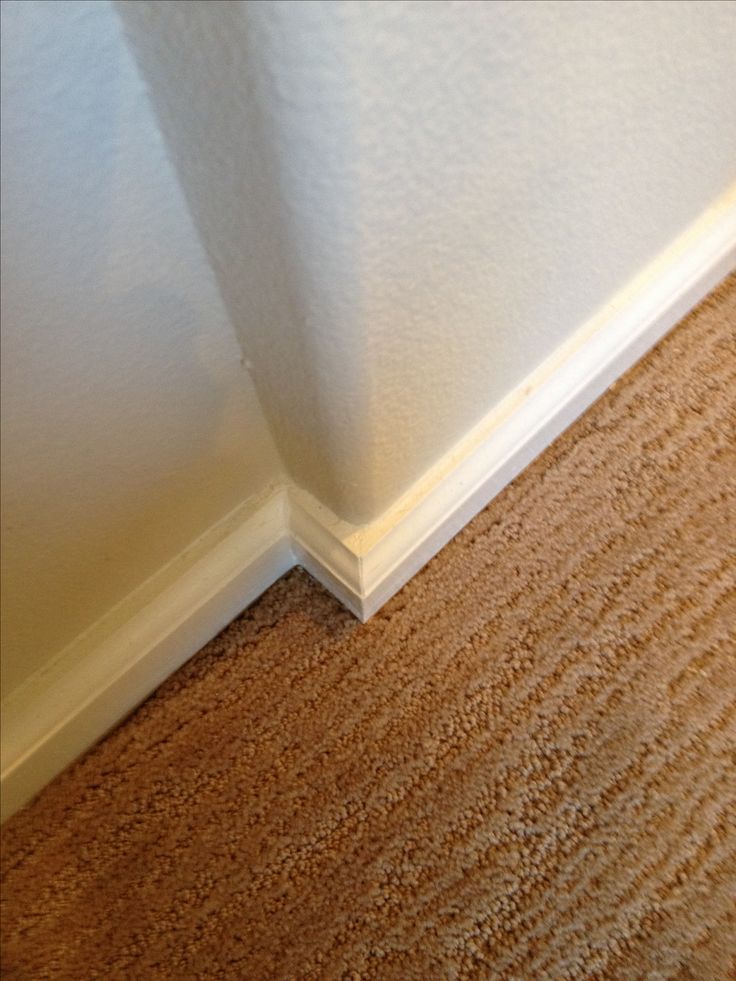 In many older residences, the walls are almost never completely straight or flat, and even the floors may be slightly uneven. So always consider the gap-filling properties of a particular caulk and whether an area needs one or two applications. This is when the caulk’s elastomeric ability becomes important. Some caulks can fill gaps of up to 2 inches wide but still remain durable.
In many older residences, the walls are almost never completely straight or flat, and even the floors may be slightly uneven. So always consider the gap-filling properties of a particular caulk and whether an area needs one or two applications. This is when the caulk’s elastomeric ability becomes important. Some caulks can fill gaps of up to 2 inches wide but still remain durable.
Baseboards can be made of natural wood, wood composite, PVC, or other man-made substances, so also check how well a particular caulk adheres to the chosen material. Pure silicone and latex silicone products usually offer the most versatility.
Mold and Mildew ResistanceIf the baseboards are in potentially damp or humid environments, such as bathrooms, kitchens, conservatories, and so on, ensure that the caulk is also waterproof. If it isn’t, the changing humidity conditions can cause the caulk to break down quickly. Pure silicone is 100 percent waterproof, and many latex-silicone hybrids are as well.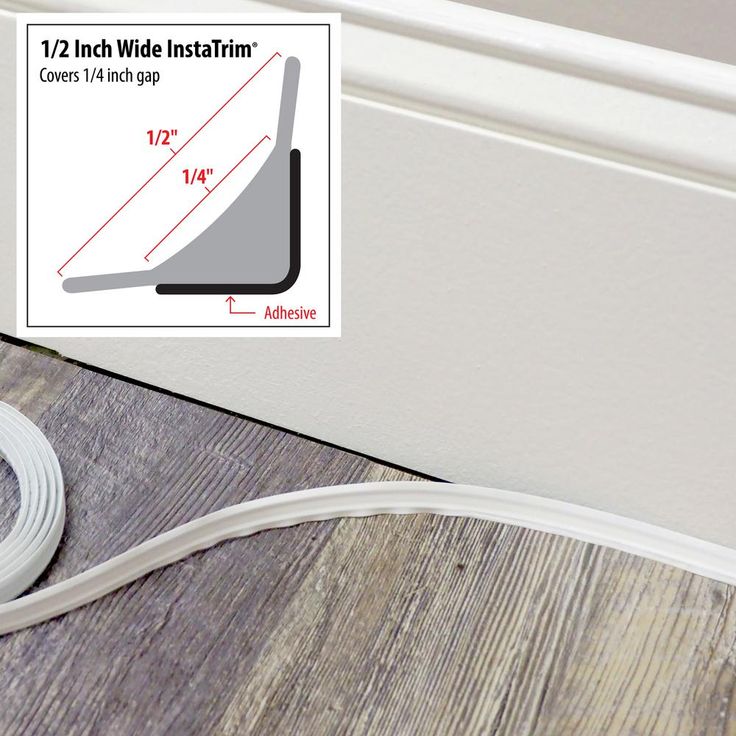 Latex products vary, so more care is needed when checking their properties.
Latex products vary, so more care is needed when checking their properties.
Mold and mildew resistance is also important when choosing a baseboard caulk for a humid environment. Although pure silicone is likely to give the greatest protection, don’t take it for granted.
Tips on How to Caulk BaseboardsThe following tips for how to caulk trim and baseboards outline good general guidance. The type of caulk chosen may also impact application, so always follow the instructions on the tube. These instructions may differ slightly from what’s provided here.
- Invest in a good caulking gun. A smooth trigger action provides better control over the flow of caulk, making the job quicker as well as neater and ensuring less cleanup.
- Vacuum or sweep the area to ensure it’s clean and dry. It especially should be free of dust or grit, which can prevent the caulk from adhering properly.
- Although not essential, most experts usually recommend taping the wall or floor to prevent the caulk from going beyond where it’s intended.
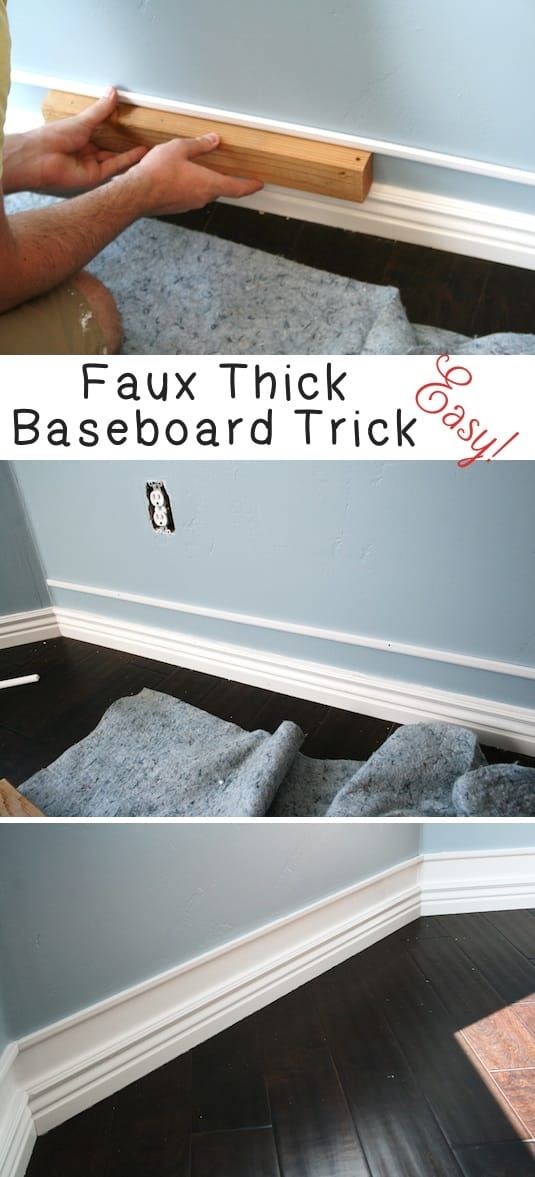 Use a low-tack painter’s tape rather than masking tape.
Use a low-tack painter’s tape rather than masking tape. - Cut the nozzle at 45 degrees, leaving an opening the appropriate size for the bead of chalk. Cut small at first and enlarge if necessary.
- Run a test bead on a piece of paper or card to get the feel of how the product flows.
- Apply a smooth, continuous bead, controlling the speed to create a consistent thickness.
- Stopping and starting can produce lumps of excess caulk, so clear any obstacles before starting to provide as much space to work as possible.
- After the caulk has been applied, it must be smoothed, and while tools exist specifically for this purpose, using a wet finger is usually best. Keep a small bowl of warm water and a cloth handy to wipe any excess caulk off your fingers. As with the original caulking, try to maintain steady speed and pressure.
- Once satisfied with the finish, remove the painter’s tape slowly. It’s best to do this before the caulk dries to minimize the risk of lifting the caulk.
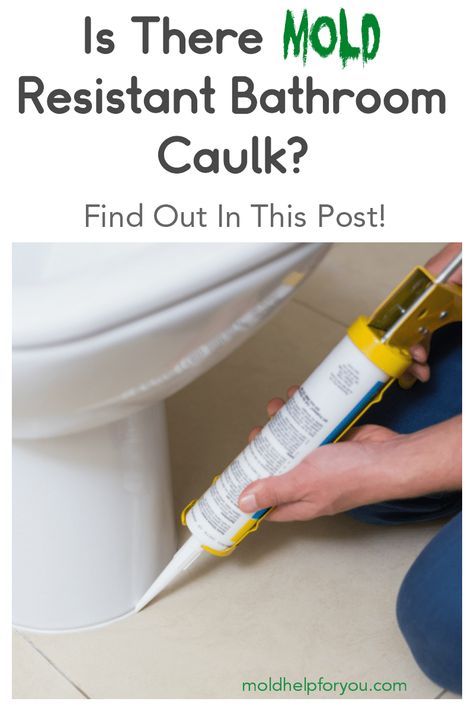
Photo: amazon.com
Our Top PicksNow that we’ve discussed the key features of caulks suitable for baseboards, it’s time to look at some of the products currently available. The following recommendations provide an in-depth reference for the best caulk for baseboards in their respective categories.
Photo: amazon.com
SEE IT
This high-quality, 100 percent silicone sealant from Gorilla works well for a wide variety of jobs, and its combination of ease of use, flexibility, and durability make it the optimal choice for caulking baseboards. It requires minimal pressure of the caulking gun to apply and glides smoothly across the baseboard’s surface. Its initial cure is relatively rapid, and a skin forms in around 30 minutes. While the manufacturer claims it’s waterproof at this stage, it’s still quite soft and takes 24 hours to cure fully.
Gorilla silicone sealant remains flexible during its entire life, so it won’t crack or split during the normal movement that buildings generally experience.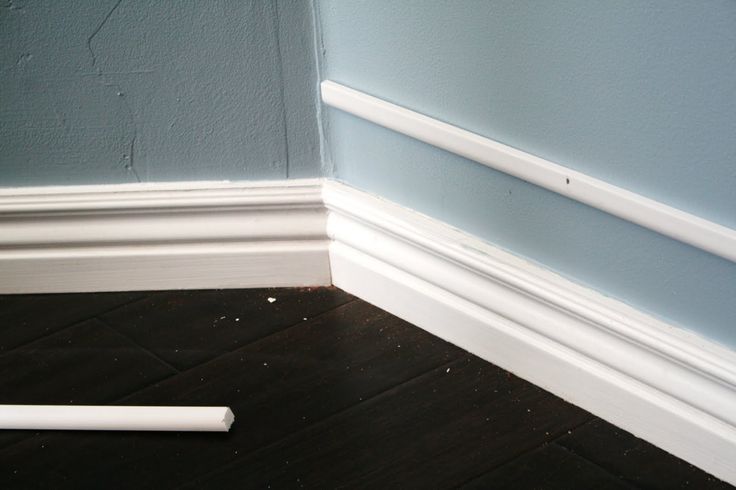 The silicone surface is resistant to mold and mildew, and it keeps its clean, white finish (but remember that 100 percent silicone cannot be painted). While the product has poor adhesion on brick, masonry, and cement, these surfaces typically don’t have baseboards.
The silicone surface is resistant to mold and mildew, and it keeps its clean, white finish (but remember that 100 percent silicone cannot be painted). While the product has poor adhesion on brick, masonry, and cement, these surfaces typically don’t have baseboards.
- Type: 100 percent silicone
- Curing time: 24 hours
- Durability: Lifetime
- Good flexibility
- 100 percent waterproof
- Does not yellow with age
- Not paintable
- Not for brick or masonry
Photo: amazon.com
SEE IT
DAP brand’s Alex Plus acrylic latex includes silicone for superior flexibility and waterproofing. It has excellent adhesion and, unlike 100 percent silicone, it’s suitable for highly porous surfaces like masonry or brick in addition to the usual wood or PVC. DAP’s Alex Plus is also mold and mildew resistant.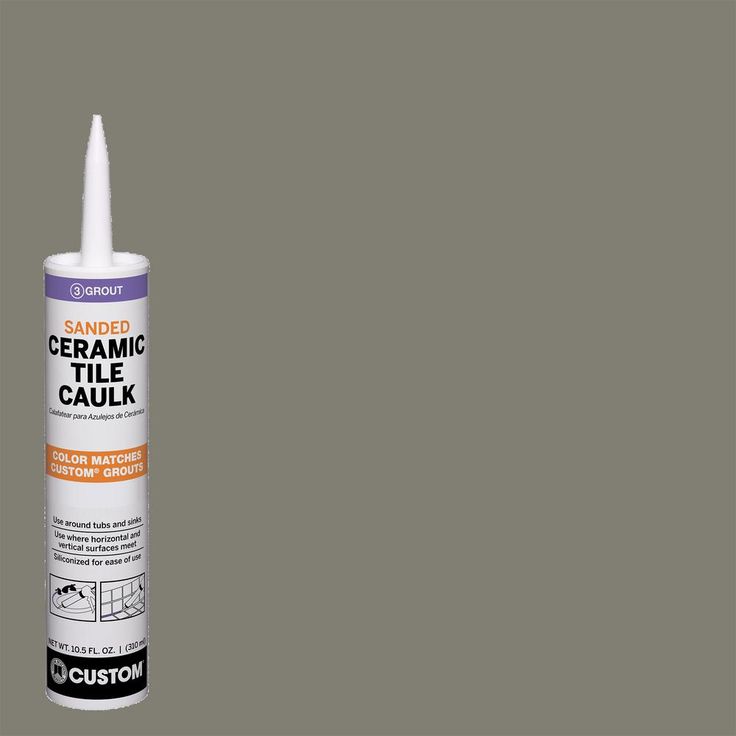
Its gap-filling capability of ⅜ inch is more than enough for most applications (other products are advised to fill bigger holes). The water-based formula has low odor for workability. It starts to dry quickly, providing a surface that can be painted in as little as 30 minutes. It can take acrylic or oil-based paints, though the latter will require around 24 hours to dry fully. Rapid drying is usually a benefit, but quick action is necessary in the event of a mistake. Alex Plus can be wiped off with a damp cloth within 2 or 3 minutes after application; after that, it must be scraped away.
Product Specs- Type: Acrylic latex with silicone
- Curing time: Paintable in 30 minutes; 24 hours for full cure
- Durability: 40 years
- Very good multisurface adhesion
- Good flexibility
- Paintable
- Maximum ⅜-inch gap
- Rapid drying time that’s less forgiving than other products
Photo: amazon. com
com
SEE IT
GE Sealants’ Paint Projects Max Shield acrylic latex uses what the manufacturer calls an “advanced polymer formula.” This gives it some impressive benefits, but it’s not all good news. On the plus side, GE’s baseboard caulk flows smoothly for easy application. In fact, it behaves much like a silicone although it contains none. For example, unlike some latex caulks, it’s 100 percent waterproof once cured. With excellent flexibility, it’s an effective gap filler. It dries quickly and can accept water- or oil-based paint in approximately 30 minutes. It’s particularly notable for its 7-year resistance to mold and mildew. While many caulks claim these properties, no other manufacturer guarantees how long the protection lasts.
But GE’s Paint Projects Max Shield caulk has an unusually unpleasant odor, which can irritate the skin, eyes, and respiratory system. The work area should be well ventilated, and wearing eye protection as well as a mask and gloves is recommended.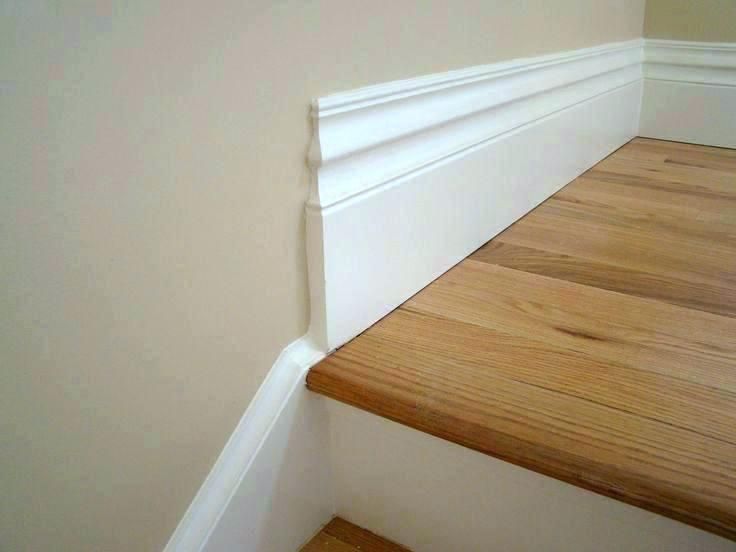
- Type: Acrylic latex
- Curing time: 30 minutes
- Durability: 60 years
- 7-year mold and mildew resistance
- Paintable
- Affordable
- Irritant to skin, eyes, and respiratory system
- Unpleasant odor
Photo: amazon.com
SEE IT
Most new homes are built with great precision, and while every house moves or settles over time, almost any baseboard caulk is suitable for new construction. Older homes, or those in areas in which ground movement is frequent, present a different challenge. Thanks to its excellent gap-filling ability, Sashco’s Big Stretch acrylic latex caulk becomes invaluable in these situations. Plus, once dry, its flexibility is exceptional: It can stretch to 500 percent of its original size without splitting or cracking.
Big Stretch is easy to apply, comes in a choice of 13 different colors, and is paintable.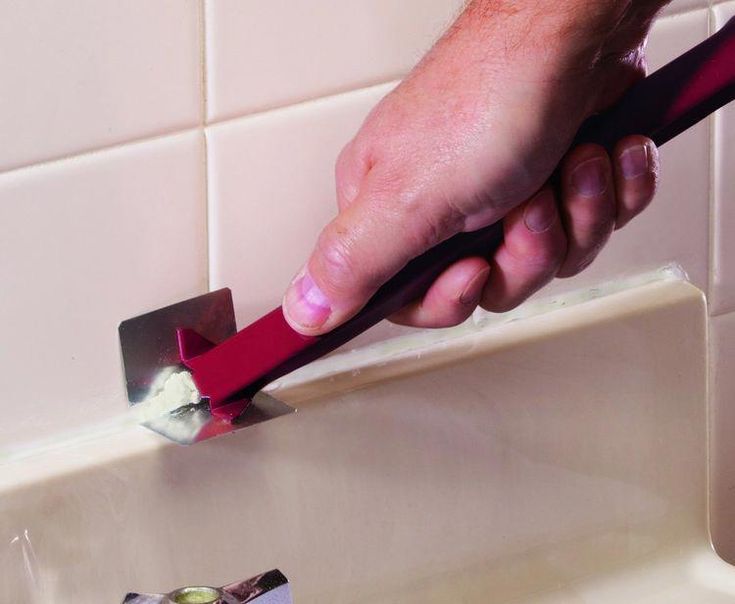 It also adheres well to almost any surface, including porous material that can cause problems. Unfortunately, it’s not waterproof and has minimal resistance to mold or mildew, so it should not be used in kitchens or bathrooms. In fact, any humidity impacts its drying time, which can be anywhere from 4 to 48 hours.
It also adheres well to almost any surface, including porous material that can cause problems. Unfortunately, it’s not waterproof and has minimal resistance to mold or mildew, so it should not be used in kitchens or bathrooms. In fact, any humidity impacts its drying time, which can be anywhere from 4 to 48 hours.
- Type: Acrylic latex
- Curing time: 4 to 48 hours
- Durability: Lifetime
- Tremendous elasticity with no slump
- Water-based, low-odor formula
- Paintable
- Negligible anti-mold or mildew properties
- Not for kitchens or bathrooms
Photo: amazon.com
SEE IT
Red Devil’s acrylic comes closer than most products to an all-purpose caulk, and it’s a good choice for baseboards. The low-odor formula is water based and thus environmentally friendly. It flows freely, so it’s easy to apply. It adheres well to almost any material and can be used both indoors and out, though the drying period requires special attention for exteriors. It has good gap-filling capabilities, and it won’t split or crack under normal conditions. Red Devil Lifetime is also mold and mildew resistant.
It flows freely, so it’s easy to apply. It adheres well to almost any material and can be used both indoors and out, though the drying period requires special attention for exteriors. It has good gap-filling capabilities, and it won’t split or crack under normal conditions. Red Devil Lifetime is also mold and mildew resistant.
While it’s 100 percent waterproof once fully cured, the manufacturer warns that curing can take 3 days, and the caulk should not be exposed directly to water during that time frame. Red Devil’s elastomeric acrylic is available in six paintable colors; just wait 3 days before painting, or drying time will be delayed further.
Product Specs- Type: Acrylic latex
- Curing time: 72 hours
- Durability: Lifetime
- Remarkably versatile
- Waterproof, all-weather protection
- Paintable
- Relatively slow drying
Gorilla 100% Silicone Sealant is a high-quality solution that will prove effective for most baseboard caulking tasks.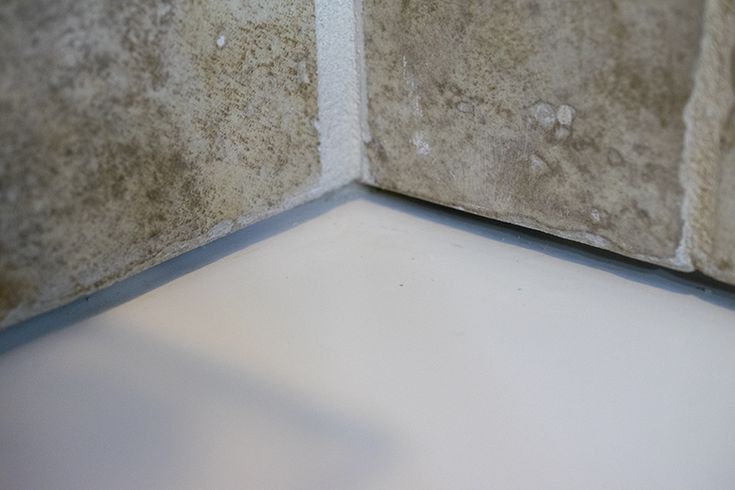 Quick and easy to use, it has excellent durability. However, it isn’t paintable and is available only in white or clear. DAP Alex Plus Acrylic Latex combines the elasticity of silicone with the paintability of acrylic, making it good value for the money.
Quick and easy to use, it has excellent durability. However, it isn’t paintable and is available only in white or clear. DAP Alex Plus Acrylic Latex combines the elasticity of silicone with the paintability of acrylic, making it good value for the money.
As a DIYer who has undertaken major renovations of two homes, I have ample hands-on experience using caulk products for baseboards. I used the following criteria when choosing these top picks:
- Quality: Lots of different caulks are available, and it’s common to find budget products at local hardware and home improvement stores. However, although the prices may be attractive, there’s no way to assess their long-term performance. For that reason, we selected caulk only from brands with a well-established reputation. Durability is another key issue, and each of our choices offers a long-lasting solution.
- Flexibility: Flexibility is important in terms of both ease of application and suitability for a variety of baseboard materials.
 Each of the products chosen also offers good gap-filling properties.
Each of the products chosen also offers good gap-filling properties. - Value: Although none of the products selected are particularly expensive, we nevertheless chose baseboard caulks from across the price spectrum.
It’s not difficult to learn how to caulk baseboards, but the process does take time and patience. Most DIYers who make the effort reap big benefits.
- Caulked baseboards typically don’t show any unsightly gaps. They supply a professional finishing touch to a room.
- Caulk prevents insects from invading the gap between the baseboard and wall or floor. Once insects establish themselves, it can be very difficult and expensive to banish them. Removal typically involves toxic chemicals.
- Caulk prevents dirt buildup between the baseboard and wall. It also keeps water from creeping in underneath the baseboard, which helps stop mold, mildew, and, eventually, rot from taking hold.

The information supplied here should have provided a thorough understanding of how various different types of caulks work and how to apply them effectively. We’ve also highlighted some of the best caulks for baseboards currently available. In researching the topic, a few questions cropped up regularly, so we’ve provided answers below.
Q. Can I make a better product by mixing two kinds of caulk?No. Each type of caulk is specifically formulated for the properties described, and each has been factory mixed for optimum performance. Attempting to mix products will not only be messy and make them difficult to apply, but it will also likely reduce effectiveness, not improve it.
Q. How do I caulk baseboards to a tile floor?The process of caulking tile is the same as for other floors, which is described above in “Tips on How to Caulk Baseboards.” If the tile is in an area that frequently gets damp or wet, a waterproof silicone or acrylic-and-silicone caulk with mold and mildew resistance should be used.
Yes, it’s a quick and efficient way to conceal unsightly gaps, and it prevents insects from infiltrating under baseboards and into the wall.
12 best sealants for laminate and tiles About selection criteria. This material is subjective, is not an advertisement and does not serve as a guide to the purchase. Before buying, you need to consult with a specialist.
Laminate and parquet are popular flooring materials that can last for years. To do this, you need to choose the right class of moisture and wear resistance. But at the same time, it is important to process the joints between the panels in rooms where moisture can appear (kitchen, bathroom, toilet, hallway). Since through the places where the boards fit, water penetrates inside and spoils the appearance of the floor (swelling, deformation). This also applies to tiles prone to the formation of fungus and mold in the joints. Our experts have selected the TOP 12 best grout sealers that will ensure the long life of your flooring and its attractive appearance.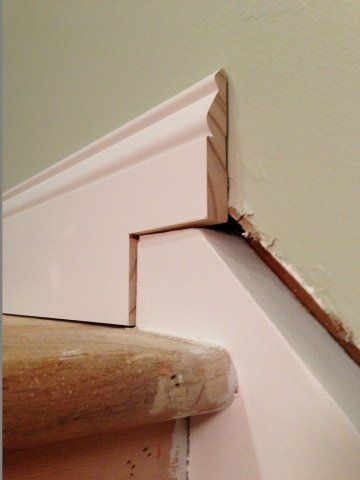
Best Laminate & Tile Sealant Ranking
| Nomination | place | product name | price |
| The best sealants for parquet and laminate | 1 | Bostik Clic Protect | 342 ₽ |
| 2 | GAP FILLER Vermeister | 493 ₽ | |
| 3 | KIM TEC Parkett Laminat | 200 RUB | |
| 4 | MasterTeks ProfiMaster | 149 ₽ | |
| 5 | Click Guard | 279 ₽ | |
| 6 | TYTAN 17171 | 229 ₽ | |
| 7 | SOUDAL sealant for floor, parquet, laminate | 403 ₽ | |
| 8 | Pufas Click Safe | 488 ₽ | |
| The Best Tile Sealants | 1 | Quelyd 007 | 477 ₽ |
| 2 | Krass sealant, silicone, for kitchen and bath, 8711595055604 | 198 ₽ | |
| 3 | Sealant silicone sanitary Tytan UPG | 360 ₽ | |
| 4 | Sealant silicone sanitary Soudal | 297 ₽ |
The best sealants for parquet and laminate
Let's start with sealants for parquet and laminate panels.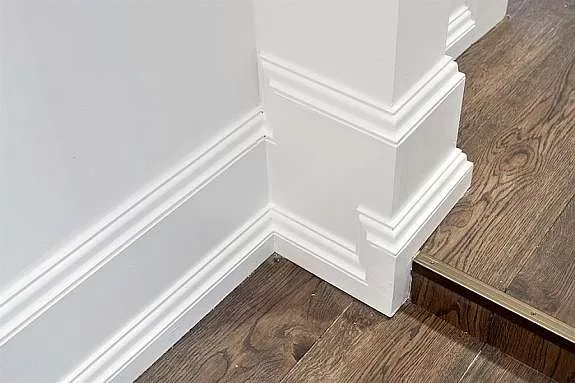 Applying glue to the locks will prevent water from seeping in and causing swelling. The experts selected the 8 best sealants that received the most positive feedback from craftsmen and those who did their own repairs.
Applying glue to the locks will prevent water from seeping in and causing swelling. The experts selected the 8 best sealants that received the most positive feedback from craftsmen and those who did their own repairs.
See also: 6 best pipe sealants
Bostik Clic Protect
Rating: 4.9
In the first place is a sealant for laminate from the French manufacturer Bostik. The sealant is produced in a tube with a volume of 125 g. It is designed for interlocking assembly of parquet and laminate boards, as well as laying in a “floating way”. The gel has good fluidity and is squeezed out without effort. The absence of a specific color makes it suitable for any shade of laminate - even if extra marks remain on the surface, they will not be noticeable. The manufacturer claims that one tube should be enough for laying 10 m². But the masters in the reviews advise when calculating the amount of materials to buy, divide this figure by two.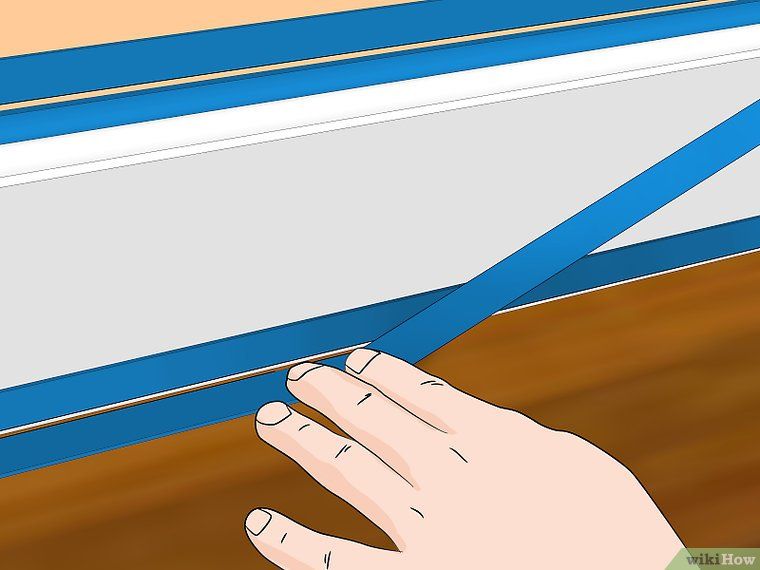 Experts also recommend gluing only the upper tongue, otherwise it will be problematic to disassemble the laminate if necessary.
Experts also recommend gluing only the upper tongue, otherwise it will be problematic to disassemble the laminate if necessary.
Our experts considered the sealant to be the best for laminate flooring because it remains flexible throughout its life. It is suitable for high traffic areas (hallway, kitchen). Despite the frequent passage of users, the sealing of the joints will not be disturbed by vibration and pressure.
Advantages
- dries quickly;
- remains elastic;
- leaves no traces;
- wet cleaning is allowed.
Defects
- sticks strongly, and it will no longer be possible to disassemble the laminate without damaging the locks;
- the tube has a wide spout;
- bad smell.
GAP FILLER Vermeister
Rating: 4.8
In second place is a sealant from the Italian manufacturer Vermeister. The product is produced in tubes of 300 ml and is intended for installation in a mounting gun.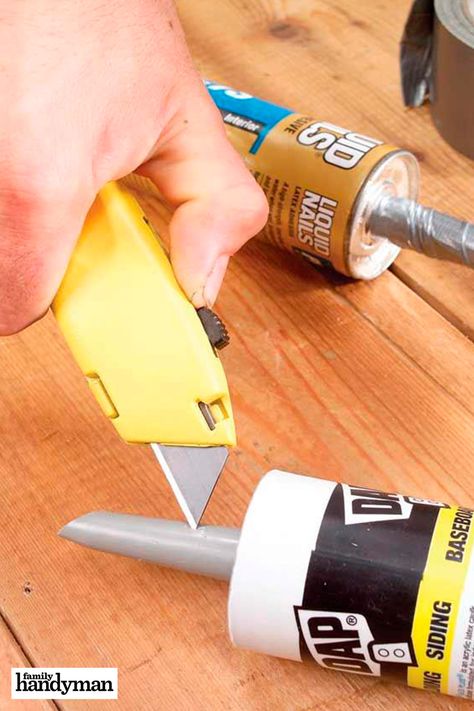 The tube has a long plastic spout, which facilitates the precise supply of the substance to the joints. The composition of the sealant includes acrylic, which adds elasticity and strength to the material, as well as water-repellent properties. After hardening, the gel is able to stretch and shrink, repeating the movements of the floor. The adhesive does not contain alcohol or solvent, so you do not have to breathe in an unpleasant odor while working. In the reviews, buyers share that skirting boards can be glued with sealant so as not to mess with self-tapping screws.
The tube has a long plastic spout, which facilitates the precise supply of the substance to the joints. The composition of the sealant includes acrylic, which adds elasticity and strength to the material, as well as water-repellent properties. After hardening, the gel is able to stretch and shrink, repeating the movements of the floor. The adhesive does not contain alcohol or solvent, so you do not have to breathe in an unpleasant odor while working. In the reviews, buyers share that skirting boards can be glued with sealant so as not to mess with self-tapping screws.
Experts considered the sealant to be the best for laminate due to the wide range of colors offered by the manufacturer. You can buy glue with shades: oak, dark walnut, doussia, maple, medium walnut, as well as in white or gray. This allows you to make the seal completely invisible on the laminate, which will increase the stylistic unity of the flooring.
Advantages
- long and thin spout for precise feeding;
- does not contain alcohol;
- the unhardened layer is easily removed with water;
- suitable for gluing skirting boards.
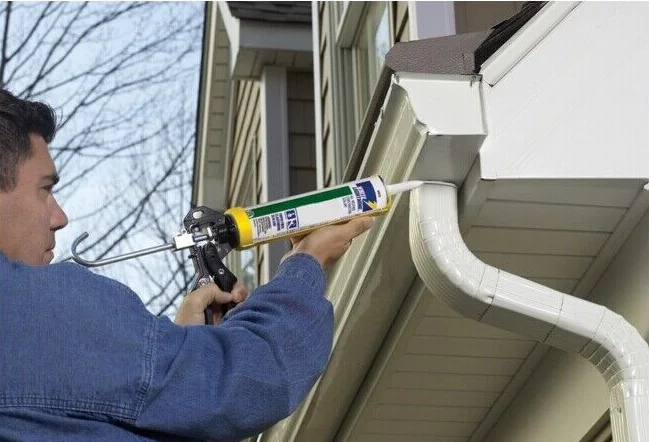
Defects
- you need a mounting gun;
- cannot be poured into expansion joints;
- for application, the temperature in the room must be above +10 degrees.
KIM TEC Parkett Laminat
Rating: 4.7
Further sealant for laminate and parquet from KIM TEC. The product is based on acrylic with the addition of water and polymers. The substance is produced in a tube with a capacity of 310 ml. After hardening (comes in 24-30 hours), the manufacturer even allows the material to be sanded, which is optimal for parquet. The product does not contain solvent and silicone, so the smell is completely neutral. If subsequently the laminate panel comes out of the grooves and violates the plane, then it can be removed, the junction cleaned and planted back. Masters in the reviews like the sealant for its quick-drying properties - you can walk on new floors after 3-4 hours. It is allowed to use the gel at a temperature of +5 degrees and above.
We consider this mounting adhesive to be the best due to the presence of rare shades, which are almost non-existent in competitors. The color scheme is represented by cherry and wenge. This product is suitable for sophisticated floor design and will not attract too much attention.
Advantages
- affordable cost;
- suitable for floor repair;
- not in the composition of the solvent;
- floors can be treated with parquet care products.
Defects
- a mounting gun is required;
- high adhesion - very little application is required, otherwise it will not tear off.
See also: 8 best caulk guns
MasterTeks ProfiMaster
Rating: 4.6
Fourth place goes to MasterTeks ProfiMaster laminate sealant. This is a product from Estonia. It comes in a tube 469g and is equipped with a narrow spout with a cap. If the laying of the laminate is carried out for several days, then the product in the container will not dry out and will not deteriorate. The product consists of acrylic with latex additives. This makes it strong and flexible at the same time. The manufacturer claims that with a layer width of 6 mm, one tube is enough for 12 linear meters of a seam. Masters in the reviews confirm this expense. They also like the setting time of 5-10 minutes, which allows the floors to be used almost immediately after installation.
The product consists of acrylic with latex additives. This makes it strong and flexible at the same time. The manufacturer claims that with a layer width of 6 mm, one tube is enough for 12 linear meters of a seam. Masters in the reviews confirm this expense. They also like the setting time of 5-10 minutes, which allows the floors to be used almost immediately after installation.
Our experts considered the sealant to be the best, not only because of its insulating properties, but also because of the strength of the connection. The product is also called "liquid nails", since the initial adhesive force of the substance with other materials is 55 kg / m² at break. After hardening, this figure increases even more. The goods should be paid attention to those who have children actively running on the floors with a laminate and playing with a ball.
Advantages
- affordable price;
- thin spout with a cap;
- high adhesion force;
- excess drops can be immediately cleaned with water.

Defects
- it will be possible to lay the laminate only once - disassembly is impossible;
- a mounting gun is required;
- high consumption.
Click Guard
Rating: 4.5
Experts put a sealant from a German manufacturer in fifth position. The product is available in a 130 g tube and has a thin but short spout for precise delivery of the substance into the joints of the laminate. Sealant provides reliable protection of panels from water ingress. After drying, the floors can be washed with a damp cloth, it is allowed to put a wet umbrella on them, shoes after rain. The manufacturer claims that the consumption of one tube is 8-10 m², but in practice this figure is 5-7 m². According to reviews, the gel does not corrode even a cheap sealing substrate, which means that it does not contain solvents and other aggressive components.
In our opinion, this sealant is the best in terms of the ability to disassemble and reassemble the laminate.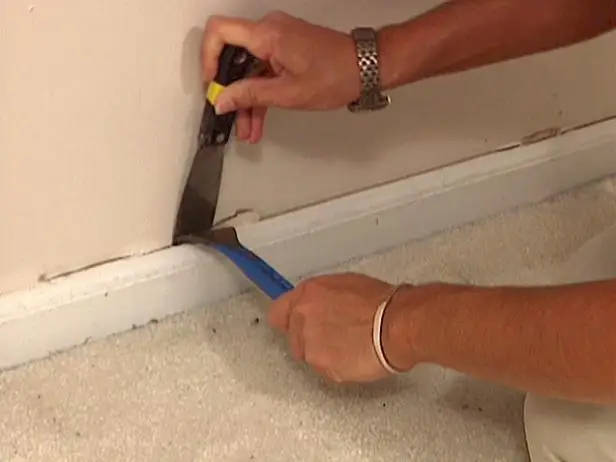 The substance has no adhesive properties - it only repels water from the seams. This is practical if you want to lay the laminate now, but in the future there are plans to equip a warm floor under it. So it will turn out not to spoil the panels and walk on a beautiful floor material now, and not keep it in the package, saving up funds for further repairs.
The substance has no adhesive properties - it only repels water from the seams. This is practical if you want to lay the laminate now, but in the future there are plans to equip a warm floor under it. So it will turn out not to spoil the panels and walk on a beautiful floor material now, and not keep it in the package, saving up funds for further repairs.
Advantages
- has no color;
- high elasticity;
- dries within 10-20 minutes;
- residues on the surface are removed with water.
Defects
- high price;
- high consumption;
- there is an unpleasant smell.
TYTAN 17171
Rating: 4.4
And here is a wood sealant from the Polish manufacturer TYTAN. The substance is produced in a tube for a mounting gun. The volume is 310 ml. The main component of the sealant for parquet joints is acrylic. The adhesive dries after 30 minutes and not only protects the joints of the laminate floor, but also maintains the integrity of the surface. The panels will not "play" from the constant load on the same zones. The sealant does not crack after drying. It is possible to carry out installation indoors at a temperature of +5 degrees. The sealant is suitable for sealing gaps and joints with a width of up to 15 mm. This is especially liked in the reviews by beginners who are laying laminate with their own hands for the first time. The inevitable marriage can be disguised, while maintaining a beautiful appearance of the floor.
The panels will not "play" from the constant load on the same zones. The sealant does not crack after drying. It is possible to carry out installation indoors at a temperature of +5 degrees. The sealant is suitable for sealing gaps and joints with a width of up to 15 mm. This is especially liked in the reviews by beginners who are laying laminate with their own hands for the first time. The inevitable marriage can be disguised, while maintaining a beautiful appearance of the floor.
The product belongs to the professional category and is used by craftsmen for laying laminate flooring not only in apartments and houses, but also in public places. In combination with low cost and good performance, the use of a compactor on large objects will be cost-effective.
Advantages
- acceptable price;
- suitable for filling wide joints;
- skirting boards can be glued;
- parquet sanding is allowed.
Defects
- there are few flowers for sale;
- gives a shrinkage of 15%.
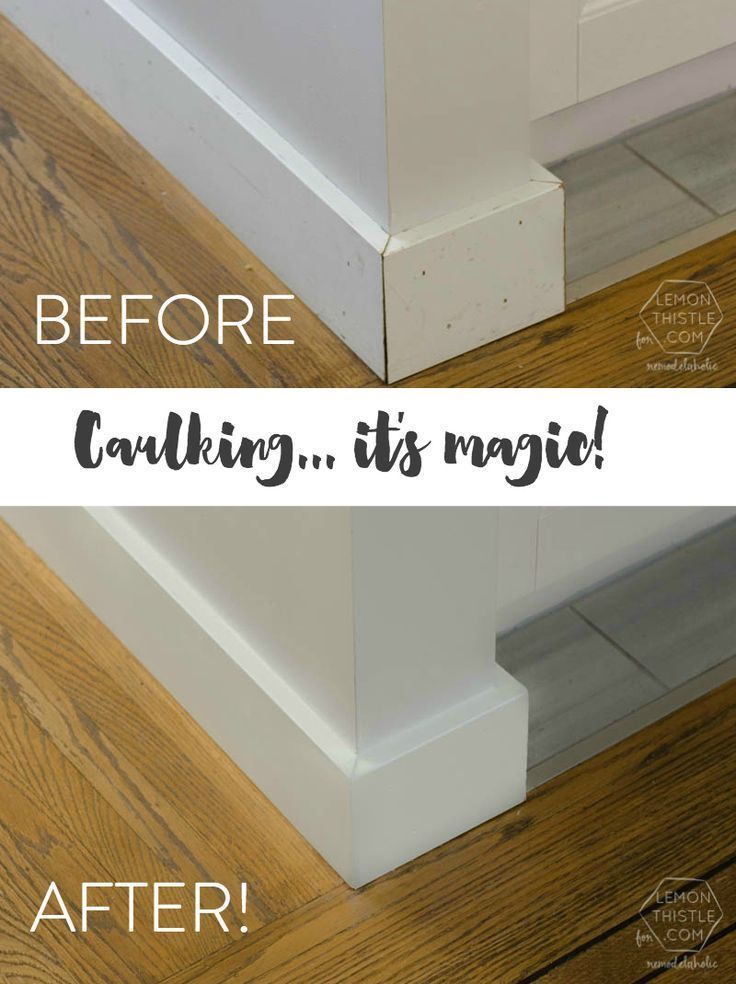
See also: Top 10 bathroom sealants
SOUDAL sealant for floor, parquet, laminate
Rating: 4.3
Experts awarded the seventh place to the sealant from the Belgian brand SOUDAL. The product is available in a 310 ml tube and has a low price. A mounting gun is required for application. If the laying of the laminate is stretched for several days, then the product will not dry out. After application, after 20 minutes, a durable water-repellent film appears. It is possible to use sealant at a temperature of +5...+30 degrees. When the substance polymerizes, it is allowed to grind and paint (if the color of the paste is different from the color of the board). Acrylic dispersion is suitable for high load floors with surface mobility up to 15%.
This sealant is the leader in terms of the permissible joint width - 20 mm. When laying a laminate, the gap between the panels is controlled by a lock, but with a parquet board, you can make a big mistake. As a result, the laying pattern will deteriorate. To align it, you will need to gradually increase the gap on one side. SOUDAL sealant will allow you to do this without compromising the tightness of the floor.
As a result, the laying pattern will deteriorate. To align it, you will need to gradually increase the gap on one side. SOUDAL sealant will allow you to do this without compromising the tightness of the floor.
Advantages
- affordable price;
- does not leave stains;
- no strong odor;
- varnishing is allowed.
Defects
- paste shrinks 15% - must be taken into account when laying panels;
- do not do without a mounting gun.
Pufas Click-Safe
Rating: 4.2
The last place in the category was taken by the sealant from Pufas. This is due only to its high price compared to other products from the review. The product is designed to prevent water and dirt from entering the joints of the laminate. For this, it contains wax and a polyvinyl acetate dispersion. The viscosity is 10.000-12.000 mPas, which prevents air bubbles from accumulating and leaving channels for the passage of liquid. But the masters in the reviews warn that the installation must be done carefully, fitting the joints tightly, since it will no longer be possible to disassemble and re-lay the panels. The acidity of the sealant is at the level of 8-9pH, but this does not harm the cork substrate placed under the laminate.
But the masters in the reviews warn that the installation must be done carefully, fitting the joints tightly, since it will no longer be possible to disassemble and re-lay the panels. The acidity of the sealant is at the level of 8-9pH, but this does not harm the cork substrate placed under the laminate.
According to the editors of the magazine, this sealant is the best in terms of cost-effectiveness. One small tube of 250 g is enough for 10-15 m², which is equal to the area of most rooms. To use it, you do not need to buy a mounting gun - the product is choked with fingers from a plastic tube.
Advantages
- excess is easily removed with a damp cloth;
- transparent color;
- high adhesion;
- in a closed tube is stored for 4 years.
Defects
- disassembly and re-assembly is not possible;
- high price;
- pronounced odour.
Best Tile Sealants
While the tile itself is impervious to water, moisture in the joints can undermine the subfloor and cause the flooring to buckle and bulge.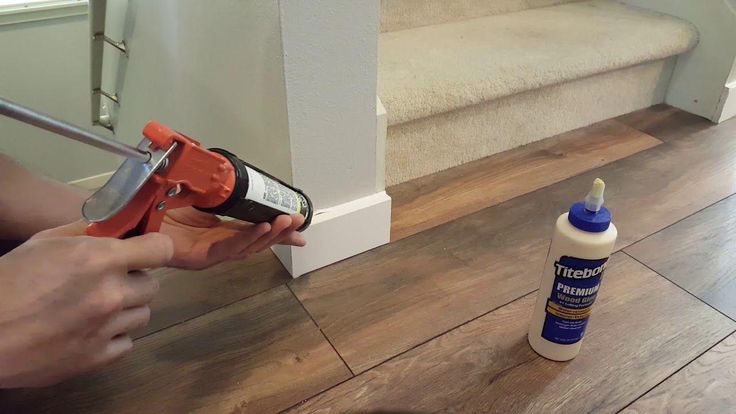 They also develop fungi and mold. Therefore, when laying tiles on the floor and walls, it is important to fill the seams well with special compounds. Here are the best sealants for ceramic and other types of tiles, selected by experts.
They also develop fungi and mold. Therefore, when laying tiles on the floor and walls, it is important to fill the seams well with special compounds. Here are the best sealants for ceramic and other types of tiles, selected by experts.
Quelyd 007
Rating: 4.9
In the first place is Quelyd 007 tile sealant, positioned as "7 in 1". It is a versatile adhesive that is suitable for outdoor and indoor use on construction sites. It does not contain silicone, solvent and isocyanates, so the product has a neutral odor. The masters in the reviews are satisfied with the slight shrinkage, which helps to predict the shape of the seams between the tiles after drying. Users also like that when squeezed out, the substance does not foam and it is easy to accurately apply it on the edge of the ceramic tile. The sealant vulcanizes from interaction with the surrounding moisture, which provides further protection against water and maintains elasticity. The seams are resistant to chemical detergents and mechanical stress.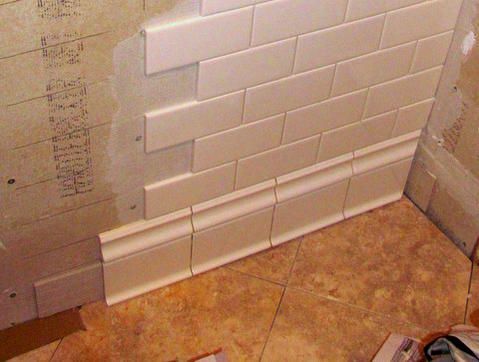
We have singled out this tile sealant as the best in terms of UV resistance. Even if you finish the floor of an open veranda or terrace, the seams between the tiles will not crack from direct sunlight, which means that the coating will remain waterproof and last a long time.
Advantages
- neutral smell;
- no solvents;
- minimum shrinkage;
- without silicone and isocyanates.
Defects
- high price;
- for some, it is overly thick.
Krass Sealant, silicone, for kitchen and bath, 8711595055604
Rating: 4.8
In second place in the category of the best tile sealants is a Swiss product. This is a colorless paste in a volume of 115 ml, which must be applied with a mounting gun. The manufacturer recommends using it for bathrooms and kitchens. The sealant is based on silicone, so the joints between the tiles remain flexible and ready to follow the movements of the flooring in the event of thermal expansion or vibration (if the building is next to a metro line or tram tracks). The adhesive has filling properties and can be applied at the junction of tiles and window sills.
The adhesive has filling properties and can be applied at the junction of tiles and window sills.
Our experts consider this sealant to be the best for tiles in swimming pools and showers for public use (in gyms, in factories). Among its components there are fungicides that prevent the development of fungus and mold. Even after polymerization, the sealant becomes extremely resistant to hot water or bleach, so the joints between the tiles will remain intact, despite everyday contact with aggressive environments.
Advantages
- adheres to any type of base;
- does not change color;
- prevents the formation of fungus;
- resistant to regular contact with water.
Defects
- The composition includes silicone, which causes an unpleasant odor;
- high consumption - one tube is enough for 5-8 m².
Tytan Sanitary Silicone Sealant UPG
Rating: 4.7
The sealant is designed for use in toilets, bathrooms and kitchens.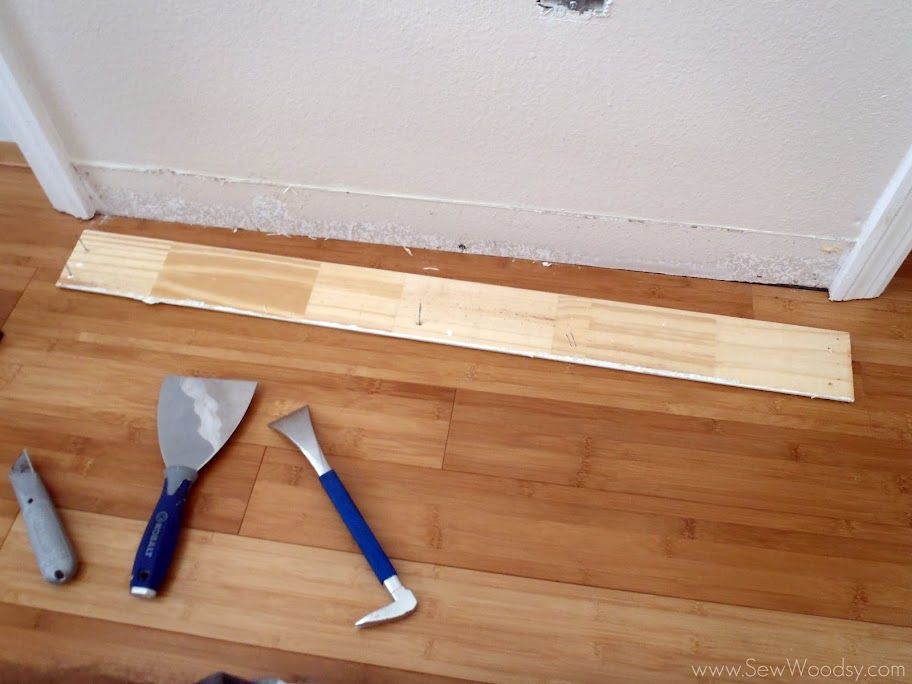 It can be used to seal joints between sinks and walls, shower trays, bathtubs, as well as in the joints between tiles, regardless of their installation location (floor, walls). Masters in the reviews like the product for its filling composition - it is convenient to apply it at the junction of tiles with plumbing fixtures (toilets, bidets, etc.). The paste adheres well to glazed ceramics, glass and other building surfaces. The product is made in Poland, but you don’t need to worry about its safety during transportation, since the gel can freeze and thaw once without losing its properties.
It can be used to seal joints between sinks and walls, shower trays, bathtubs, as well as in the joints between tiles, regardless of their installation location (floor, walls). Masters in the reviews like the product for its filling composition - it is convenient to apply it at the junction of tiles with plumbing fixtures (toilets, bidets, etc.). The paste adheres well to glazed ceramics, glass and other building surfaces. The product is made in Poland, but you don’t need to worry about its safety during transportation, since the gel can freeze and thaw once without losing its properties.
The main advantage of the sealant is the resistance to the development of fungus between the tiles. The manufacturer gives a guarantee for this effect up to 5 years. This duration is due to the special innovative UPG formula, which slows down the leaching of the antifungal component during everyday cleaning.
Advantages
- the sealant in the tube can withstand freezing up to -20 degrees without losing its characteristics;
- the film appears after 15-25 minutes;
- adheres well to non-porous surfaces, such as ceramic tile edges;
- does not deteriorate from regular heating of floors and walls (you can organize a warm floor in the bathroom).
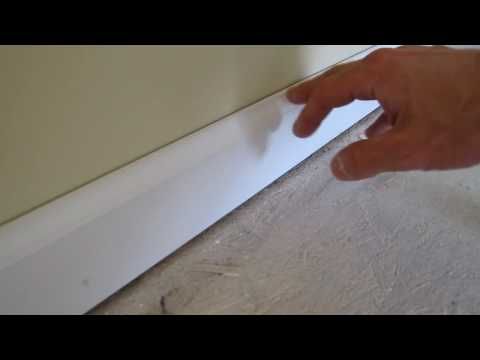
Defects
- allow one freeze cycle;
- only white color, which is not suitable for all shades of tiles.
Sanitary silicone sealant Soudal
Rating: 4.6
Rounding out the review category is sealant from Soudal. The paste has a base of polysiloxane, which ensures extreme elasticity. When stretched, the substance is able to expand in length up to 800% according to the test standard DIN53504. In the reviews, the masters are satisfied that the sealant does not shrink at the joints of the tiles, retaining its original shape up to 90%. Due to its stretching characteristics, the gel is suitable for filling gaps up to 30 mm wide. In this case, the depth of the gaps can reach 15 mm. The sealant has a tensile strength of 1.60 N/mm², so the tiled surface will not crack from regular vibration exposure.
We recommend this sealant for sealing gaps between tiles used outdoors (house threshold, pergola floor, terrace, etc.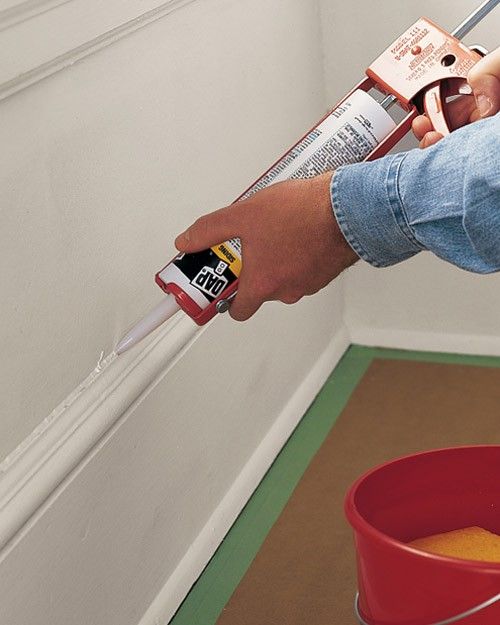 ). Unlike other sealants, this paste is so flexible that after hardening it can withstand temperatures down to -60 degrees. The joints between the tiles will remain intact and tight, despite the bad weather and harsh winters.
). Unlike other sealants, this paste is so flexible that after hardening it can withstand temperatures down to -60 degrees. The joints between the tiles will remain intact and tight, despite the bad weather and harsh winters.
Advantages
- stable consistency;
- film formation after 7 minutes;
- the modulus of elasticity reaches 0.40 N/mm²;
- elongation at break up to 800%.
Defects
- high price;
- there is an unpleasant smell;
- should not be glued between tiles and acrylic bathtubs.
Rate the article | |
| Total votes: 0, rating: 0 |
Attention! This rating is subjective, is not an advertisement and does not serve as a purchase guide. Before buying, you need to consult with a specialist.
which is better, how to choose, how to use
When renovating a bathroom, it becomes necessary to use sealing compounds.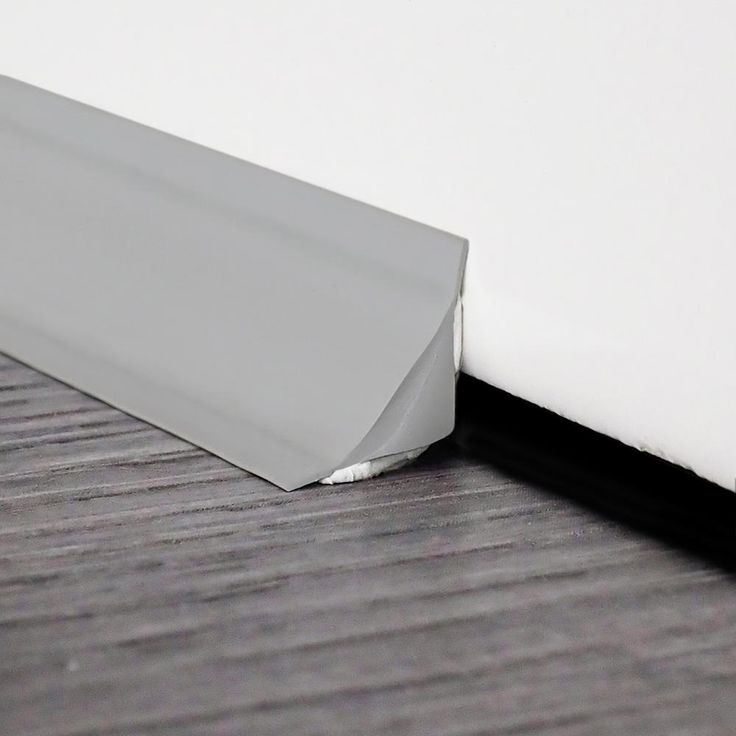 It is necessary to prevent water from entering the gap between the bathroom (shower) and the wall, between the sink and the wall. It may also be necessary to fill cracks in the wall material, tile joints, seal pipe joints, furniture edges, etc. For these purposes, bathroom sealant is used. You can choose, but you need to know what the compositions are and how they differ from each other.
It is necessary to prevent water from entering the gap between the bathroom (shower) and the wall, between the sink and the wall. It may also be necessary to fill cracks in the wall material, tile joints, seal pipe joints, furniture edges, etc. For these purposes, bathroom sealant is used. You can choose, but you need to know what the compositions are and how they differ from each other.
First, let's talk about the release form. Bathroom sealant in stores can be found in several forms:
The most convenient option is in tubes for a construction gun. For independent work, this is the best choice.
Article contents
- 1 Acrylic
- 1.1 Application
- 1.2 Acrylic sealant grades
- 2 Silicone
- 2.1 Properties0179 2.2 brands and prices
- 3 Polyurethane
- 3.1 Properties and scope
- 3.2 Manufacturers, Marks, prices
- 4 sealants
- 90
- 5 What is the best bathroom sealant
Acrylic
These are the cheapest sealants that at the same time have good technical characteristics:
In general, not bad qualities, especially considering the low cost, as well as harmlessness.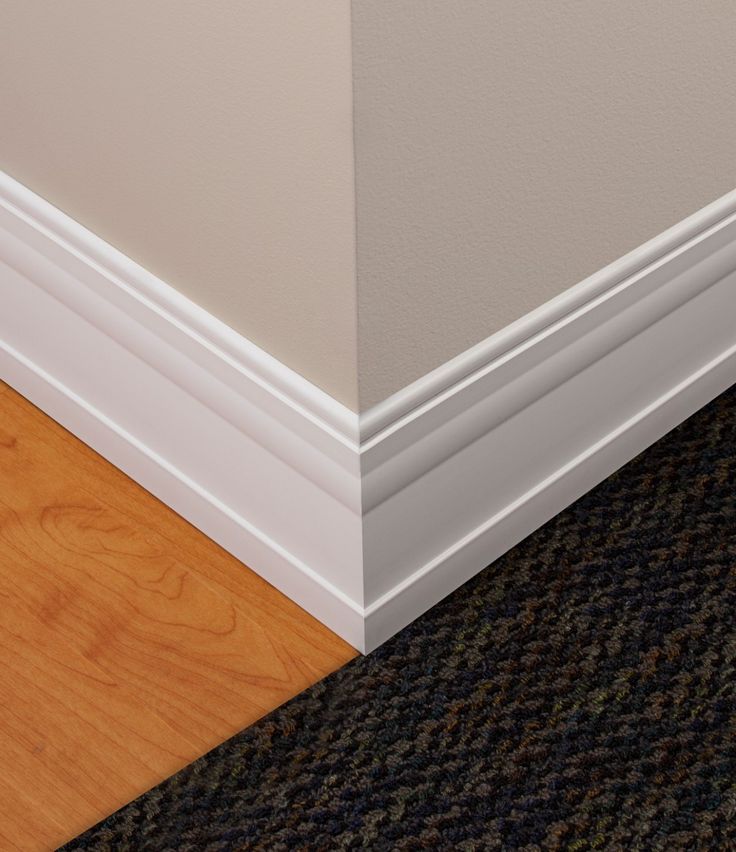 It is possible to work with acrylic sealants without protective agents, and the short time required for non-hardening speeds up the work. Their disadvantage is shrinkage during drying. Because of this, when in contact with water, the seam begins to leak, so this bathroom sealant is best used in places where water does not flow. Also, before application, for better adhesion, a primer of surfaces (under acrylic) is required. In this case, there is more chance of getting a non-leaking seam.
It is possible to work with acrylic sealants without protective agents, and the short time required for non-hardening speeds up the work. Their disadvantage is shrinkage during drying. Because of this, when in contact with water, the seam begins to leak, so this bathroom sealant is best used in places where water does not flow. Also, before application, for better adhesion, a primer of surfaces (under acrylic) is required. In this case, there is more chance of getting a non-leaking seam.
Field of application
The main disadvantage of acrylic sealants is the rigidity of the resulting joint. Even with small expansions, it bursts. That is, it is not worth using it to protect the junction of a steel or acrylic bathtub (shower tray) with a wall. Under load, they change their dimensions and so that the seam does not collapse, it must be elastic.
Excellent for filling voids and cracks in various building materials (brick, concrete, etc.), connecting fixed or slow-moving joints (gaps between a jamb and a brick or concrete wall, sealing knocks in pipes, etc.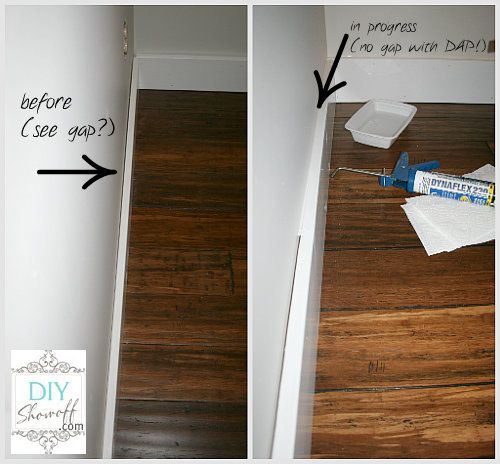 ). These compositions process the unprotected edges of the furniture that is installed in the bathroom, suitable for filling the joint of the sink with the wall.
). These compositions process the unprotected edges of the furniture that is installed in the bathroom, suitable for filling the joint of the sink with the wall.
Another unpleasant point: in a humid environment, fungi and bacteria multiply well on the surface of ordinary acrylic sealant. This drawback is eliminated by the presence of antiseptic additives, but it is better not to use acrylic sealants for areas that are constantly in contact with water.
And one more thing: in the bathroom, acrylic quickly changes color - it starts to turn yellow. That's why you shouldn't use white. Better colored (there are some) or transparent. On them, color changes are not so visible.
When choosing, remember that acrylic sealants may or may not be waterproof. Acrylic bathroom sealant must be waterproof. Even in those areas where water cannot directly contact it, but due to high humidity it can absorb moisture from the air.
Acrylic Sealant Grades
There are many good brands. Only for the bathroom it is necessary to make sure that the composition is moisture resistant.
Only for the bathroom it is necessary to make sure that the composition is moisture resistant.
- Bison Acrylic. There are several different compositions: Super fast with drying in 15-30 minutes, Universal - can be used to seal wood.
- Bosny ACRYLIC SEALANT;
- Boxer;
- Dap Alex Plus. This is an acrylic-latex composition with greater elasticity and anti-fungal additives.
- KIM TEC Silacryl 121. Polyacrylate moisture resistant and flexible sealant. Can be used in areas of prolonged contact with water.
- Penosil. For filling joints and cracks not in direct contact with water.
There are many more brands and manufacturers. Many acrylic sealants have special additives that change their properties. If you are satisfied with their harmlessness, you can find a composition even for direct contact with water.
Silicone
Quite a popular type of sealant. The composition can be acidic and neutral. Acid ones are easier to manufacture, they are cheaper, but it is difficult to work with them indoors - a strong smell until the moment of curing. The second negative point of acidic ones is that when applied to a metal, it quickly oxidizes. Therefore, it should not be used to seal steel and cast iron bathtubs. Neutral silicone sealants do not react with materials, therefore their scope is wider. But the production technology is more complicated and they are more expensive.
The composition can be acidic and neutral. Acid ones are easier to manufacture, they are cheaper, but it is difficult to work with them indoors - a strong smell until the moment of curing. The second negative point of acidic ones is that when applied to a metal, it quickly oxidizes. Therefore, it should not be used to seal steel and cast iron bathtubs. Neutral silicone sealants do not react with materials, therefore their scope is wider. But the production technology is more complicated and they are more expensive.
Both acidic and neutral silicone sealants may or may not be water resistant. Bathtubs are only suitable for water resistant baths. They are also available in one-piece and two-piece versions. For private use, one-component ones are mainly used, since they do not need to be mixed before use.
Properties and applications
Properties and applications of silicone sealants:
The main advantage of silicone sealants is that the joint remains sufficiently elastic after polymerization. It does not crack and can be used to seal the junction of an acrylic or steel bathtub with a wall. The disadvantage is the susceptibility to the appearance and reproduction of the fungus. It is solved by adding antiseptic additives. To prevent the development of mold and fungus, it is better to use an aquarium silicone sealant or a special plumbing sealant. Both of these species have antibacterial properties.
It does not crack and can be used to seal the junction of an acrylic or steel bathtub with a wall. The disadvantage is the susceptibility to the appearance and reproduction of the fungus. It is solved by adding antiseptic additives. To prevent the development of mold and fungus, it is better to use an aquarium silicone sealant or a special plumbing sealant. Both of these species have antibacterial properties.
Marks and prices
Silicone bath sealant is popular today and in any store there is quite a decent assortment.
| Name | Color | Special properties | Skin formation | Form and volume | Price |
|---|---|---|---|---|---|
| BAU MASTER UNIVERSAL | white | acid | 15-25 minutes | Gun tube (290 ml) | RUB 105 |
| Bison Silicone universal | white, colorless | acidic, resistant even to sea water | 15 minutes | Gun tube (290 ml) | |
| KIM TEC Silicon 101E | white, transparent, black, gray | acidic, contains antibacterial additives | 25 min. | ||
| Somafix universal silicone | white, clear, black, brown, metallic | acidic | 25 min | Gun tube (310 ml) | |
| Somafix building | white, colorless | neutral, non-yellowing | 25 min | Gun tube (310 ml) | |
| Soudal Silicone U universal | white, colorless, brown, black, | neutral | 7 min | Gun tube (300 ml) | 175 rub |
| WORKMAN Silicone Universal | colorless | acidic | 15 min | Gun tube (300 ml) | |
| RAVAK Professional | neutral, antifungal | 25 min | Gun tube (310 ml) | 635 rub | |
| Ottoseal s100 sanitary | 16 colors | acidic | 25 min | Gun tube (310 ml) | 530 rub |
| Lugato Wie Gummi Bad-Silicon | 16 colors | neutral with bactericides | 15 min | ||
| Tytan silicone sanitary, UPG, Euro-Line | colorless, white | acidic with bactericidal additives | 15-25 minutes | Gun tube (310 ml) | 150-250 rub |
| Ceresit CS | colorless, white | acid/neutral | 15-35 min | Gun tube (310 ml) | 150-190 rub |
As you can see, there is a very large variation in prices.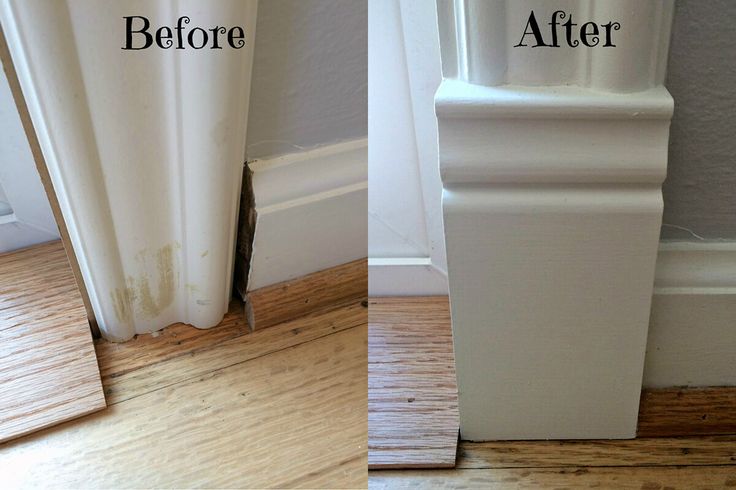 Expensive sealants (Ravak, Ottoseal. Lugato) - made in Germany, Denmark, Czech Republic. According to reviews, they are of excellent quality - they have been used for several years without changes, the fungus does not multiply on them. They are presented in the widest range of colors.
Expensive sealants (Ravak, Ottoseal. Lugato) - made in Germany, Denmark, Czech Republic. According to reviews, they are of excellent quality - they have been used for several years without changes, the fungus does not multiply on them. They are presented in the widest range of colors.
Inexpensive Ceresit, Tytan, Soudal serve well. These manufacturers have a wide range of both acidic and neutral silicone sealants. There are other types (acrylic, polyurethane). They also have good reviews specifically for use as a sealant for the bathroom - the junction with the wall.
Polyurethane
Polyurethane sealants are good for outdoor use. They are not afraid of changes in temperature and humidity, they tolerate ultraviolet radiation well. They can work on open or closed, but not heated balconies and loggias. Also, their properties are in demand in wet areas - bathroom, toilet and kitchen.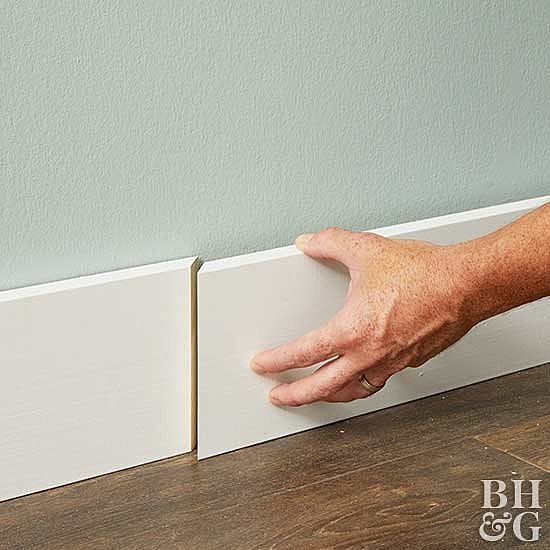 The main advantage is that they have a very good adhesive ability, for which they are also called adhesive-sealant.
The main advantage is that they have a very good adhesive ability, for which they are also called adhesive-sealant.
Properties and applications
Polyurethane-based sealants can be used outdoors, they can be applied at sub-zero temperatures (down to -10°C). And this is their main difference from others. They also have the following qualities:
There are also disadvantages. The first is poor adhesion to plastics, resulting in poor joint strength. The second one cannot be used in areas of elevated temperatures (heating above +120°C is prohibited). The third - should be applied to dry surfaces (humidity not higher than 10%). When applied to wet materials, a primer is required.
Poor adhesion to plastics limits the use of polyurethane sealants in the bathroom. They are good for sealing the junction of a steel or cast iron bathtub with a wall, porcelain or glass sink. But you should not use them to install an acrylic bathtub or shower cabin - the seams can leak.
Manufacturers, brands, prices
Polyurethane bathroom sealant is a better choice than acrylic. It remains flexible and does not crack. When compared with silicones, it is definitely difficult to say which is better. The advantage of silicones is that they “stick” well even to plastics, and polyurethane compounds that they are odorless.
| Name | Colors | Special properties | Skin formation | Form and volume | Price |
|---|---|---|---|---|---|
| BOSTIK PU 2638 | white, grey, black, brown | high adhesive strength | 45 min | ||
| POLYFLEX-LM low modulus | white, gray | UV and water resistant, do not use on glass | 15 min | Gun tube 310 ml | RUB 280 |
| POLYURETHANE 50 FC | white | fast drying, suitable for bonding plastic, corrosion resistant steel | 10 min | ||
| MAKROFLEX PA124 | white | resistant to water, mild acids | 25 min | Gun tube 300 ml | RUB 280 |
| SOUDAFLEX 40 FC | white, grey, black | absorbs and dampens vibrations | 15 min | 300 ml pistol tube |
This type of sealing compounds is more related to general construction.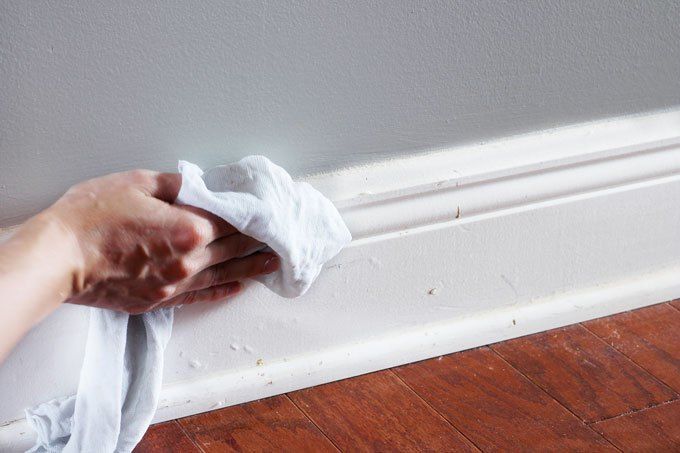 Many compounds are ideal for sealing interpanel joints in multi-storey buildings and for other similar work. Bathroom sealant is one use case.
Many compounds are ideal for sealing interpanel joints in multi-storey buildings and for other similar work. Bathroom sealant is one use case.
MS Polymer Sealants
A new type of sealant that is rapidly gaining popularity due to its excellent properties. They combine the qualities of silicones and polyurethanes, reliably protecting against leakage, forming elastic and reliable connections.
VS polymers - excellent qualities for bathrooms and other wet areasProperties and applications
The main advantage of sealants based on MS polymers - in addition to the properties of the sealant, they also have a high adhesive power, because their polymers are also called glue-sealant. They have the following properties:
Excellent properties.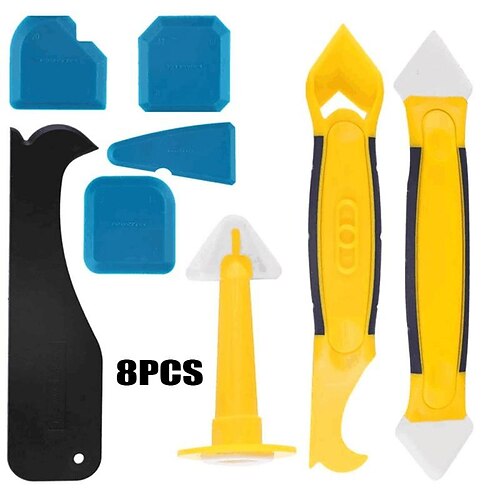 There are also disadvantages. The first is a high price, but it is justified, since the seam does not crack and does not leak for a long time. The second is that after a while the surface of the white sealant may turn yellow. This does not affect the quality of the seam, but it looks ugly. You can remove the yellowness by wiping the seam with refined gasoline. The third minus is that after curing, the composition is removed only mechanically. No solvents work on it.
There are also disadvantages. The first is a high price, but it is justified, since the seam does not crack and does not leak for a long time. The second is that after a while the surface of the white sealant may turn yellow. This does not affect the quality of the seam, but it looks ugly. You can remove the yellowness by wiping the seam with refined gasoline. The third minus is that after curing, the composition is removed only mechanically. No solvents work on it.
Manufacturers and prices
MS sealants are available from almost every major manufacturer, and they are also available with various additives that give special characteristics, so you can choose exactly the situation and for a particular type of work.
| Name | Color | Special properties | Skin formation | Presentation | Price |
|---|---|---|---|---|---|
| Bisin MS Polymer | white/transparent | Glass, mirrors, plastics, brick, natural stone, concrete, wood, iron and many other metals.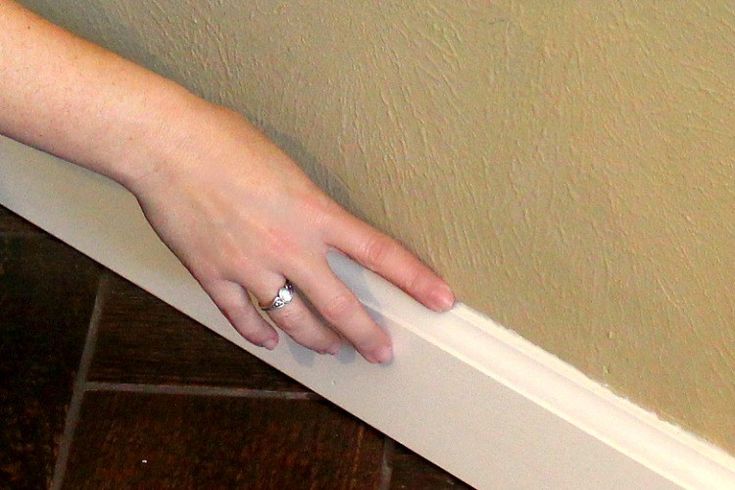 | 15 min at +20°C | Gun tube (280 ml) | RUB 490-600 |
| BOSTIK MS 2750 | white/black | Metal, wood, glass, expanded polystyrene, etc. | 30 min at +20°C | Gun tube (280 ml) | RUB 400-450 | 15 minutes
| TECFIX MS 441 | transparent | Resistant to sea water, chlorine, mold and fungus | 10 min at +23°C | Aluminum foil sleeve (400 ml) | 670-980 RUB |
| 1000 USOS | white, transparent, grey, blue, green, tiles, black, brown | Anti-mould for bathrooms and kitchens | 15 min at +20°C | Gun tube (280 ml) | 340 rubles |
| SOUDALSEAL High Tack | white/black | For sanitary facilities and kitchens – resists mold growth | 10 min at +20°C | Gun tube (280 ml) | 400 RUB |
| SOUDASEAL 240 FC | White, black, gray, brown | For sanitary rooms and kitchens, fast curing | 10 min at +20°C | Gun tube (280 ml) 9022 | |
| SOUDASEAL FIX ALL High Tack | white/black | Sanitary, super strong initial fix | 10 min at +20°C | Gun tube (280 ml) | 460 RUB |
Despite the fact that this type of sealant has appeared recently, the assortment is solid, since the combination of high adhesive power and sealant properties is very convenient and the product is in demand.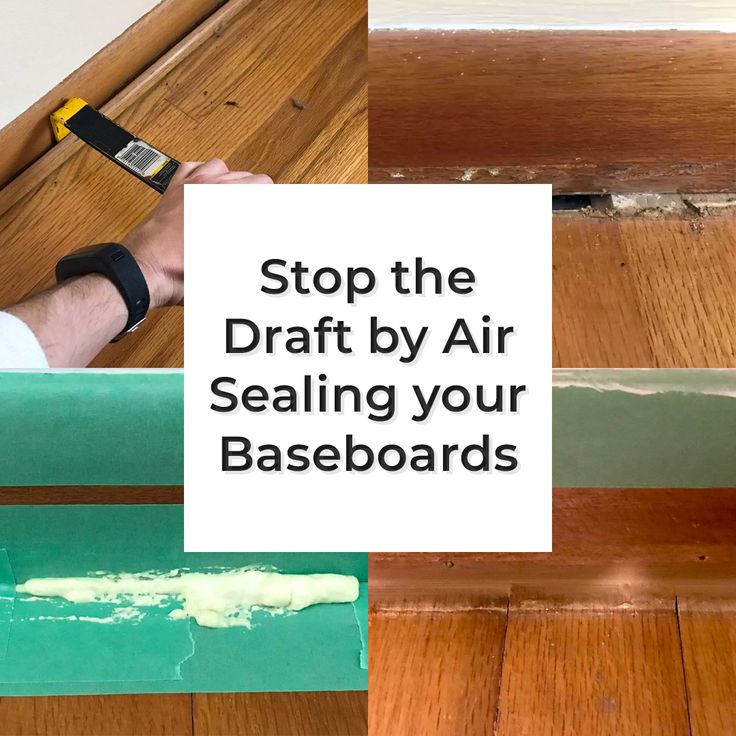
The main advantage of MC sealants is elasticity after drying, tolerance of long-term direct contact with water, resistance to the growth of fungi and bacteria. Therefore, this type of sealant is used to seal the junction of a bathtub or shower cabin with a wall. In the case of a shower cabin, it is also good because it does not slip when applied vertically.
Another positive point - most of the compositions have a pasty consistency, which lays down evenly, does not bubble. After application, prior to initial curing (film formation), the applied sealant can be easily leveled, giving it the desired shape.
Which bathroom sealant is best
Choose the type of sealant for specific tasks. Then you can choose the optimal properties. For example, when sealing a bathtub or shower enclosure to a wall, an MS polymer-based sealant is the best choice.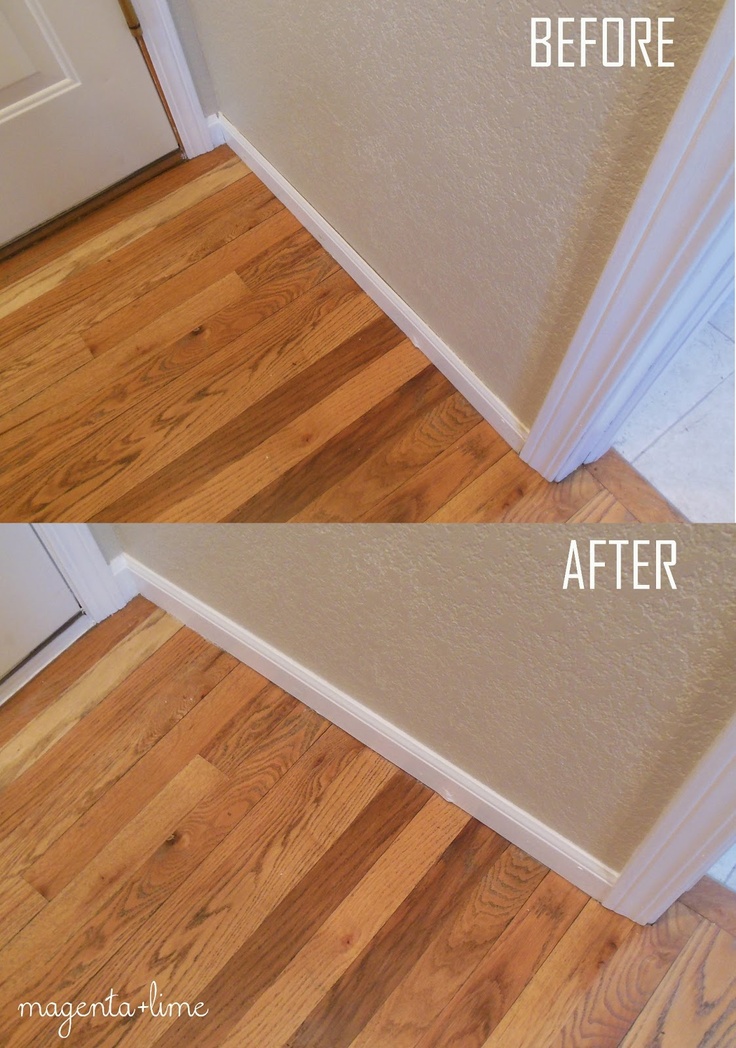 Not bad - silicone and polyurethane. But they must have antibacterial additives.
Not bad - silicone and polyurethane. But they must have antibacterial additives.
Neutral silicone sealant is excellent for gluing mirrors. Any silicone (it can also be acidic) is coated with sections of countertops, edges and sections of furniture that is installed in the bathroom or in the kitchen.
If you need to glue loose tiles in the bathroom, a polyurethane compound or with MS polymers will do. Due to the high adhesive power, they immediately fix the product in place. Since the compositions do not shrink when dried, there is also no risk of damaging the tile.
The main problem is blackening from the fungus. Solved by the presence of antibacterial additives If you need a bathroom sealant to seal pipe joints, you need to look at the material from which they are made. For steel and cast iron pipes, neutral silicone, polyurethane and MS polymers are suitable. It is better not to use polyurethane for plastic and metal-plastic, and any silicone compounds are suitable.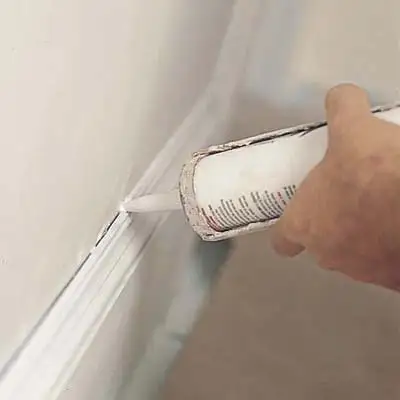
When designing a bathroom in a wooden house, the walls are usually sheathed with moisture-resistant drywall. But since the house constantly “plays” in height, there is a gap between the ceiling and the plasterboard - to compensate for these changes. So that moisture does not get there, it must be filled with something, but at the same time the seam remains elastic. Silicone and MS polymer formulations can also be used for these purposes.
To solve the problem of blackening of the seams, it is necessary to choose compositions with antibacterial additives. There are also special sanitary sealants. They are so named precisely because of the presence of additives against fungi and mold. Sealers for aquariums are also suitable for this purpose. They have excellent adhesion to most materials and never blacken.
As you can see, for each type of work the best bathroom sealant is different, but the most versatile is based on MS polymers.